Japan’s CPI core (all items ex food) slowed from 2.3% yoy to 2.0% yoy, above expectation of 1.9% yoy. This marks the third consecutive month of decline, reaching the lowest level in 22 months and aligning precisely with BoJ’s inflation target of 2%.
The headline CPI also saw a decrease, moving from 2.6% to 2.2% yoy. Nevertheless, CPI core-core (ex-food and energy) showed only modest improvement, edging down from 3.7% to 3.5% yoy.
A significant factor contributing to the overall CPI’s decline a -12.1% yoy drop in energy prices, resulting from government interventions to mitigate utility bills through subsidies for oil wholesalers. In contrast, food prices saw 5.9% yoy increase, while accommodation fees surged by 26.9% yoy.
The latest inflation data should fortify the argument for BoJ to terminate its negative interest rate policy soon. However, the decisive factor for the exact timing—be it March or April—hinges on the forthcoming wage negotiations between large enterprises and unions scheduled for March 13.




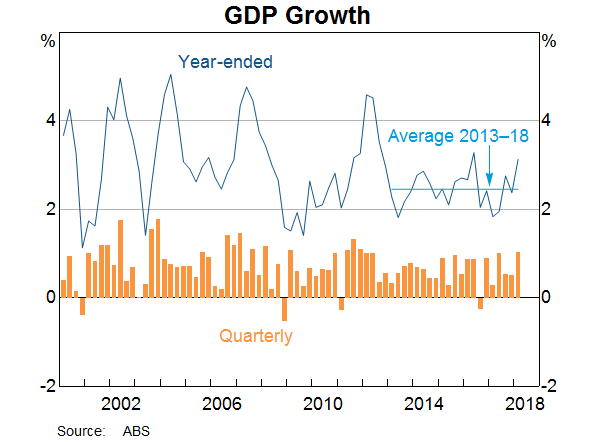
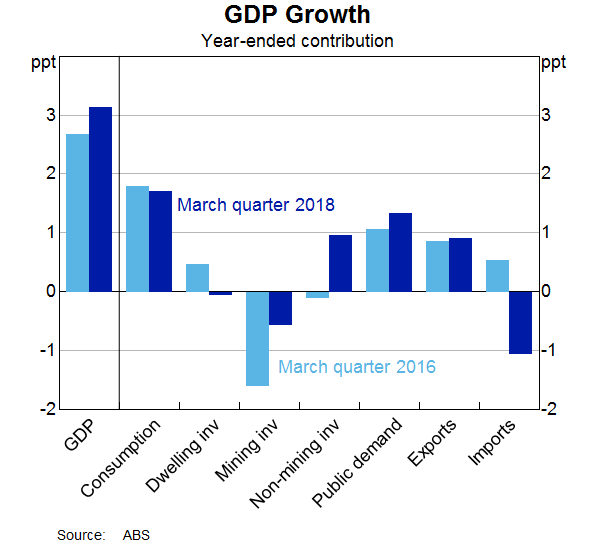
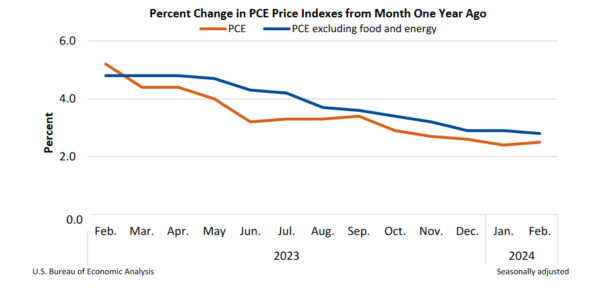
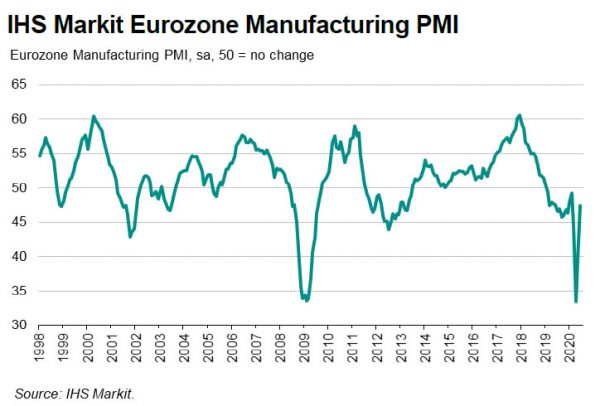
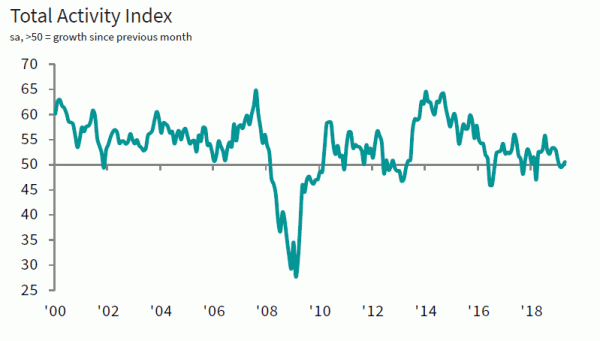
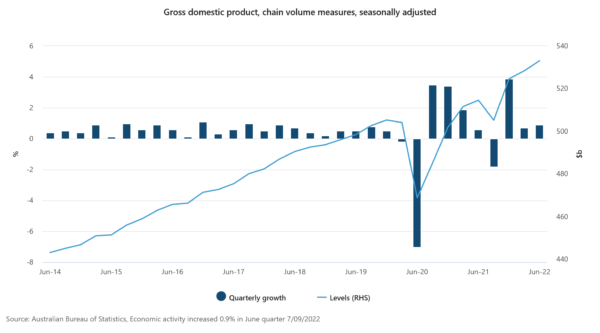
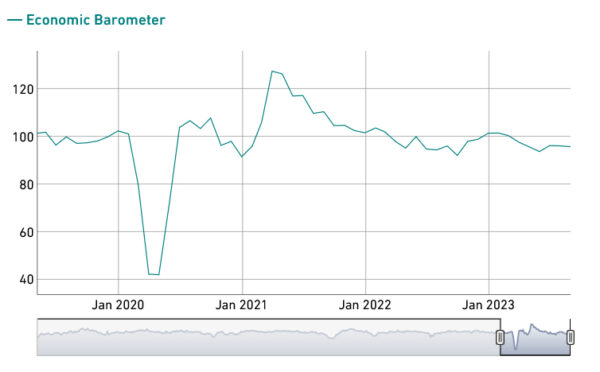
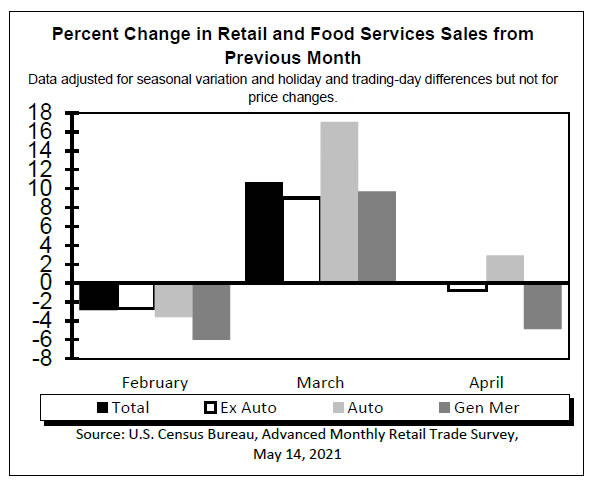
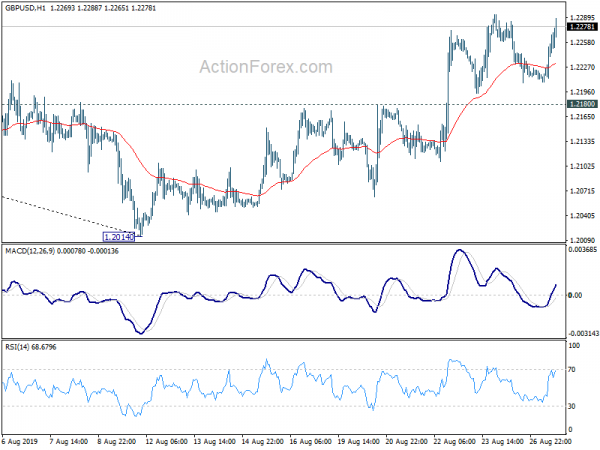
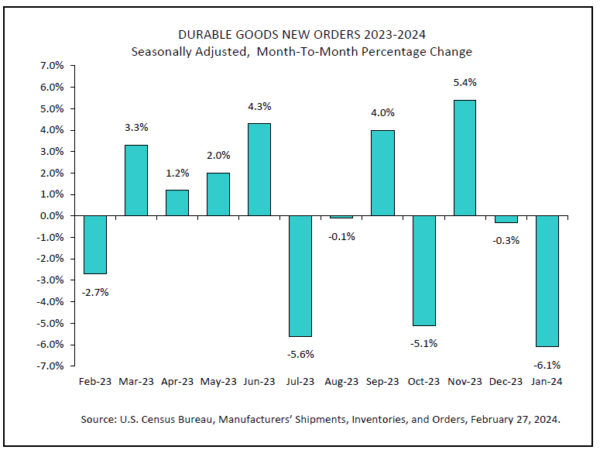

BoE Bailey: We see some evidence of supply chain shock coming off
BoE Governor Andrew Bailey said in a Treasury Committee hearing, “The economy was hit by a huge shock in terms of the pandemic. What we’ve had since then is a series of supply shocks, which have reduced the supply capacity of the economy relative to demand. There was a supply chain shock in the recovery from Covid. We see some evidence of that shock coming off.”
Bailey added that the job market remains “tight”. But, “employers have now begun to say that they are seeing some reduction and competition for hiring,” he added. “As yesterday’s labor market statistics demonstrated, it’s still a very tight labor market.”
Deputy Governor Ben Broadbent said, recession in the UK “could quite easily turn out to be a little bit shorter or a little bit longer. “There’s a lot of uncertainty, including about the length. We could well be in another quarter of contraction right now.”
MPC member Swati Dhingra warned, “There is a risk of overtightening. There’s already about a fairly sizable chunk of the previous rate rises that have got to take effect in terms of what they do to GDP.”
Dhingra also noted, “it’s undeniable” that “we’re seeing a much, much bigger slowdown in trade in the UK compared to the rest of the world” and “we’re definitely performing below trend in terms of the exports numbers in terms of the inputs, even probably a bit bigger than that.”